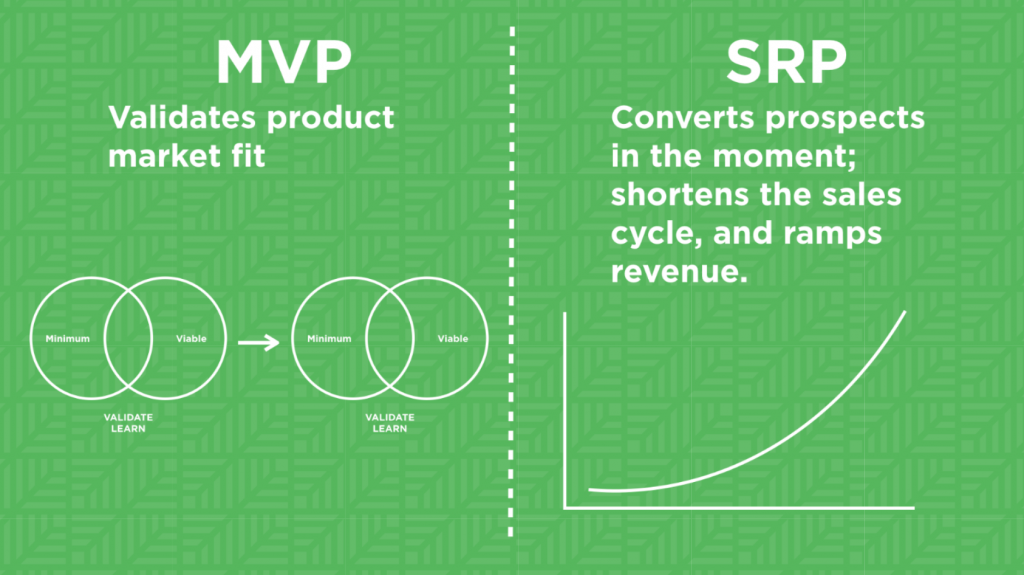Growing a business from a startup to a unicorn requires some unique strategies. In venture capital, a unicorn is a privately held startup company that is valued at more than $1 billion.
When you see startups such as Robinhood, Snap, Shopify, Airbnb, Stripe, Palantir, SpaceX and Pinterest grow from a low valuation to a billion dollars in just a few years, it’s easy to assume that if you just keep doing what you are doing, you can get there as well. But Martin Zwilling, a startup business advisor, recently wrote an article in INC Magazine, where he said “I am convinced that making the jump from a startup to a unicorn takes a different mindset, and actions most entrepreneurs are reluctant to face.” He went on to further explain that many startup founders don’t break thru their first-stage focus of building their innovative product to getting the business to scale globally – by organizing a structure to handle thousands of employees, and concentrating their focus “on the business” rather than working “in the business.”

The evolution of a startup — from an idea to an exit — is a continuous process. It is often difficult to precisely identify exactly where you are in the startup lifecycle because many factors are involved. The length of each startup stage will vary greatly depending on business execution, your industry or sector, and your fundraising abilities.
Mr. Zwilling has some tips from his experience, of the key components that successful startups did to get to get that “later hyper growth stage” of scaling a company.
Move from small investors to major venture capital
Many early-stage startups most likely think in terms of raising 1 million to 10 million dollar capital infusions, but companies that want to grow into that coveted unicorn status such as Slack or Uber did, usually need to seek financial investments of hundreds of millions or even a billion dollars. Mr. Zwilling stated that “of course, that means a mindset willing to give up much more equity, and taking on a whole new level of risk.” Capital alone isn’t sufficient. Young startups also need the added value of an investors’ expertise, connections, mentorship, and time, more on this in the next section about board members.
Next, there will be pressure from your investors to go public (IPO), and open your investment to thousands, maybe millions, of small investors. That requires work and risk to comply with reporting requirements of the SEC, including the additional accounting and reporting processes.
Bring in an experienced Board and seasoned leaders

Mr. Zwilling points out jokingly that “you probably won’t get too far with friends who volunteer to be on your Board and the mavericks who built your first solution. In fact, it’s highly unlikely that you as the founder will survive. In my experience, less than half of founding entrepreneurs even aspire to stay and scale their companies” So if you are really serious about building a big private venture-backed high growth company then you need to think more strategically about who is on your board.
A recent Techcrunch article mentions that Instead of relying on the CEO title as a proxy for the desired qualities of your next member, boards now conduct a gap analysis, identifying the mix of key competencies that would be most valuable. The article states that “the result: a rich pipeline of executive operators who contribute strategic perspective combined with cutting-edge best practices. In addition to CFOs ready to chair an audit committee, we’ve had requests for operators with go-to-market expertise, product leaders known for driving innovation, and people officers who know how to build corporate culture.”
Learn how to speed up your company’s sales learning curve
 (image credit: Sequoia Ventures)
(image credit: Sequoia Ventures)
Mr Zwilling, points out that rocketship growth to an enterprise usually requires a scalable sales model, a well-documented process with incentives, training, and metrics for tracking and management. Of course, customer relationships, and penetration into new market segments are also critical elements. The VC firm Sequoia asks the question “Why do some startups reach market leadership while others never get off the ground?” They think one key to a successful startup is a Sales Ready Product. Sequoia explains that a sales-ready product flips a switch in the mind of the prospective customer to convert them in the moment. It shows prospects just enough of the product to convince them to buy. When you create a Sales Ready Product, you shorten your sales cycle, increase your productivity, ramp up revenue quickly, and start on the path to market leadership. Every sales organization has a learning curve. Companies invest in sales before they have revenue to offset those costs. They move from sales breakeven to a traction point where salespeople start to generate revenue greater than their costs—also known as standard quota. Check out their article on how to speed up your company’s sales learning curve.
Increase communication, both internally and externally
You can no longer provide leadership by just “walking around” and talking to all the key people. Working with the media is required, both social as well as the press, through public relations and internal channels. Formal documentation of strategy and progress will be expected by investors.
Drive productivity and engagement through shared values
 Propelled by increasing pressure in the public markets and by the growing number of consumers who make value-based purchasing decisions, private company boards will give sustainability more overt consideration in their decision-making. Global challenges, such as climate change, sustainability, environmental risks, increased regulatory pressures, social and demographic shifts and privacy and data security concerns, represent new or increasing risks for companies and investors.
Propelled by increasing pressure in the public markets and by the growing number of consumers who make value-based purchasing decisions, private company boards will give sustainability more overt consideration in their decision-making. Global challenges, such as climate change, sustainability, environmental risks, increased regulatory pressures, social and demographic shifts and privacy and data security concerns, represent new or increasing risks for companies and investors.
In his annual letter, BlackRock CEO Larry Fink pointed to evidence of a “sustainability premium” for companies that outperform their industry peers on ESG measures. As public companies standardize on metrics and disclosure around ESG performance, that discipline will extend into the boardrooms of VC-backed private companies that aim to compete in the global marketplace.
Every rapidly growing company struggles with keeping its teams focused and committed. By defining your values and behavior with actions based on values, you define a culture that people can follow to enable everyone to make decisions for maximum productivity on the front line.
A popular approach these days is to advertise a higher purpose that embodies your values, such as protecting the environment or assisting the disadvantaged, to your team, as well as customers. They will then line up with you, per Yvon Chouinard and Patagonia.
Isolate marketing from sales for maximum customer focus

In large enterprise organizations, marketing is expected to build your brand, handle competitor positioning, and set pricing and terms, while sales are focused on closing deals and managing customer relationships. Both are required and become the central force driving growth, as well as survival.
Leverage mergers and acquisitions (M&A) to accelerate growth
Now is the time to start buying your competitors, rather than just crushing them, or trying to develop enough new products internally to overrun them. A famous example of this is Facebook buying Instagram. This involves working with outside business advisors, doing your due diligence internally, and creatively integrating outside processes.
As you might imagine, even with the proper planning, mergers and acquisitions are difficult to pull off. Overlapping staff, culture clashes, and diverging visions are reasons that 90 % of startups fail. But they can be spectacular growth vehicles when they work.
Of course, not every entrepreneur wants or needs to grow their business into a billion-dollar enterprise. Many are more satisfied and happier in a smaller domain that satisfies their business interests, family needs, and career aspirations.
But if you are determined to be the next Larry Page, Elon Musk or Jeff Bezos, you need to seriously tackle the strategies outlined here to survive and compete. High growth scaling billion-dollar businesses do not happen by default or overnight but they can be accomplished.
Conclusion
A Harvard Business Review (HBR) article points out that “enduring companies are not one-trick ponies. Founders with a long-term vision will recognize that they need to make transitions beyond a highly successful first act.” Market preferences, technological capabilities, and regulations change. What was once novel becomes a commodity over time. Successful businesses anticipate that they will go through cycles of maturation that demand systemic transitions. A successful startup is often driven by the vision of its founders and their core team. Most of the key decisions are made by a small group of individuals who have the will and drive to steer the company through the early stages.
The HBR article also mentions that while a principled founding team can create a great company, an enduring company requires a system of leadership that is implemented very early in its history. The framework enables the delegation and distribution of decision-making throughout the organization. It is rooted in people practices that help a company constantly recruit, develop, and retain leadership talent at all levels – and make decisions that are aligned with the company’s visions and values. Huckabee CPA helps startups establish their back-office financial infrastructure that’s poised for growth and impresses investors with outsourced CFO consulting support–from accurate budgets to financial strategies. Have questions don’t hesitate to reach out for a free consultation.










